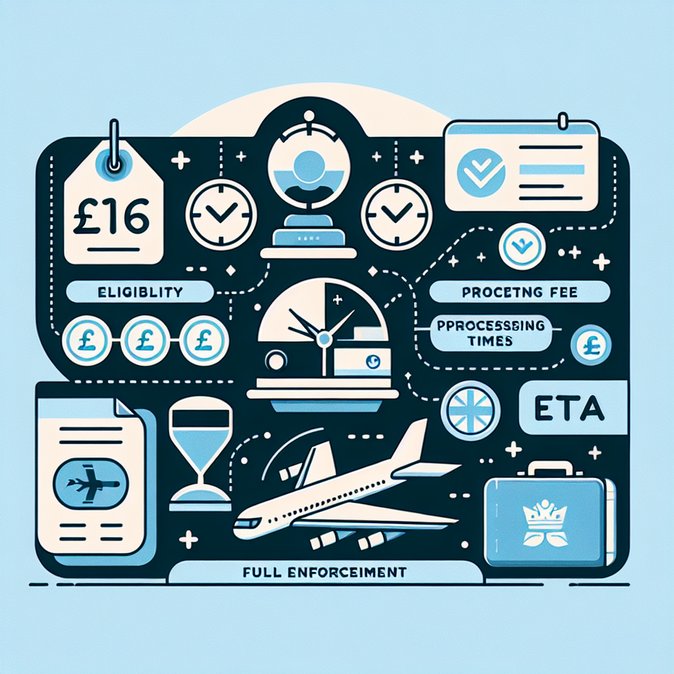
Travel correspondent Simon Calder has published an updated explainer that walks prospective visitors through every step of the Electronic Travel Authorisation process—including costs, processing times and carrier enforcement. Released on the morning of 25 November, the article distils the Home Office’s technical statements into plain English and answers common questions from both leisure and business travellers.
Key points include confirmation that almost every foreign national other than Irish citizens now needs an ETA (or, where relevant, a visa) to enter the UK, that applications can be made via a free mobile app, and that the £16 permission lasts for multiple entries totalling up to six months at a time within a two-year window. Calder notes that travellers may board a plane while an application is still pending, as decisions are typically issued within minutes.
![Independent guide spells out how European and other visitors should navigate the new UK ETA]()
The article also highlights practical wrinkles for corporate mobility teams. Airlines and ferry companies face fines if they fail to conduct advance checks, meaning boarding-gate denials are likely to spike as enforcement tightens. Organisations hosting training courses or short-term assignments in the UK should therefore circulate ETA guidance alongside invitation letters and consider arranging on-site application assistance for last-minute delegates.
Calder compares the £16 fee with equivalent systems abroad—cheaper than the US ESTA but significantly higher than Canada’s eTA—offering cost benchmarks for budget planning. He warns that Northern Ireland presents a monitoring gap: a tourist who drives across the land border from the Republic technically needs an ETA but may not face checks, creating potential compliance ambiguities.
For mobility managers, the explainer serves as a concise, shareable resource that can be embedded in internal travel hubs or newcomer welcome packs, reducing the burden on HR and global travel desks.
Key points include confirmation that almost every foreign national other than Irish citizens now needs an ETA (or, where relevant, a visa) to enter the UK, that applications can be made via a free mobile app, and that the £16 permission lasts for multiple entries totalling up to six months at a time within a two-year window. Calder notes that travellers may board a plane while an application is still pending, as decisions are typically issued within minutes.

The article also highlights practical wrinkles for corporate mobility teams. Airlines and ferry companies face fines if they fail to conduct advance checks, meaning boarding-gate denials are likely to spike as enforcement tightens. Organisations hosting training courses or short-term assignments in the UK should therefore circulate ETA guidance alongside invitation letters and consider arranging on-site application assistance for last-minute delegates.
Calder compares the £16 fee with equivalent systems abroad—cheaper than the US ESTA but significantly higher than Canada’s eTA—offering cost benchmarks for budget planning. He warns that Northern Ireland presents a monitoring gap: a tourist who drives across the land border from the Republic technically needs an ETA but may not face checks, creating potential compliance ambiguities.
For mobility managers, the explainer serves as a concise, shareable resource that can be embedded in internal travel hubs or newcomer welcome packs, reducing the burden on HR and global travel desks.










